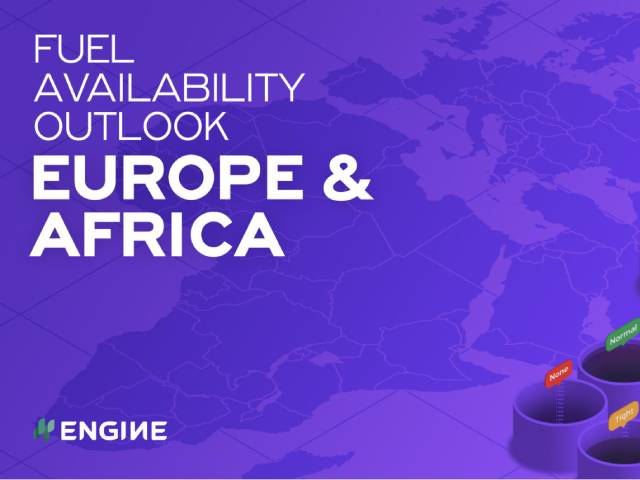South African ports and bunker supply face disruptions amid civil unrest in the country, and some Mediterranean ports have rough weather coming in the next week.
Sapref’s Durban refinery was shut on Wednesday amid looting and mass violence in the KwaZulu-Natal province, where Durban is located, and in Gauteng. The refinery is South Africa’s largest with a nameplate capacity of 180,000 b/d.
South Africa’s state-owned infrastructure firm Transnet declared a force majeure on the NATCOR railway linking Durban to Gauteng in South Africa.
Operations at the Port of Richards Bay have been halted since Monday because of unrest threatening the port’s workforce. No vessels are expected to enter Richards Bay until the situation improves.
“Service levels in the ports of Durban and Richards Bay have been negatively affected, as the entire supply chain is closed – including the roads leading into and out of the port,” Transnet said on Wednesday.
Heavy unrest has erupted in several South African regions since former president Jacob Zuma was sentenced to 15 months in prison for contempt of court by the country’s constitutional court.
The protests have not extended to disrupt port operations in Cape Town and Port Elizabeth.
South Africa has increasingly relied oil product imports, including fuel oil and gasoil, since two other refineries in Durban and Cape Town were shut last year following an explosion and fires. South African producers have issued tenders for VLSFO this year to cover the shortfall in domestic refinery capacity.
Most other European and African bunkering ports continue to have readily available supplies across fuel grades. Prompt stems of VLSFO and LSMGO are available across northern European ports in the ARA, Scandinavia, Hamburg and the Baltic Sea. The Canary Islands, Gibraltar Strait and ports further east in the Mediterranean also have prompt product available.
Recommended lead times for HSFO380 stems continue to be 2-3 days in the ARA and the Gibraltar Strait, even as ARA’s fuel oil inventories were heavily drawn last week. A 14% drop on the week sent the stocks to a six-week low of 7.79 million bbls, and below their five-year average.
There is also significantly less gasoil stored now than on average for the past five years. Last week’s narrow contango in the front- to second-month ICE gasoil forward curve has flipped to backwardation. The forward structure remains in backwardation for the rest of the year and into next year, as a sign that gasoil is less attractive to store.
European refinery throughput fell in June despite growing demand, and in contrast to a global overall rise in throughput, the International Energy Agency (IEA) said this week. Heavy maintenance at several European refineries in June capped the continent’s production capacity.
Rough weather conditions are expected to delay deliveries at Las Palmas’ outer anchorage. Heavy swell of over 2 metres going in the north and northeast direction on Wednesday could disrupt bunkering, according to port agency MH Bland.
Strong winds and swell are also forecast in the Gibraltar Strait ports on Thursday, and off Malta from Friday to Sunday.
Low bunker demand in Russian Black Sea ports spurred suppliers to offer fuel at reduced prices. Novorossiysk, Taman, Tuapse and Kavkaz are pricing VLSFO at discounts of around $40/mt to Istanbul and $60/mt to Piraeus.
Novorossiysk’s HSFO380 price is also back to typical discounts to Mediterranean ports. Its price dropped $25/mt below that in Piraeus on Wednesday, flipping from a slight premium over the Greek port last week. Supply of the grade in the Black Sea market tightened last month, but supply and demand are more balanced now with lower buying activity.
Source: ENGINE









































